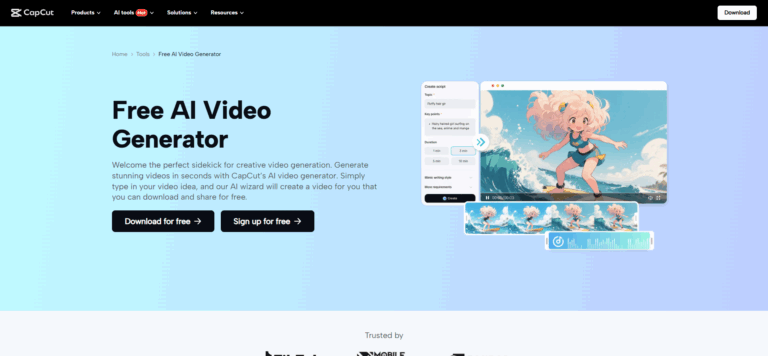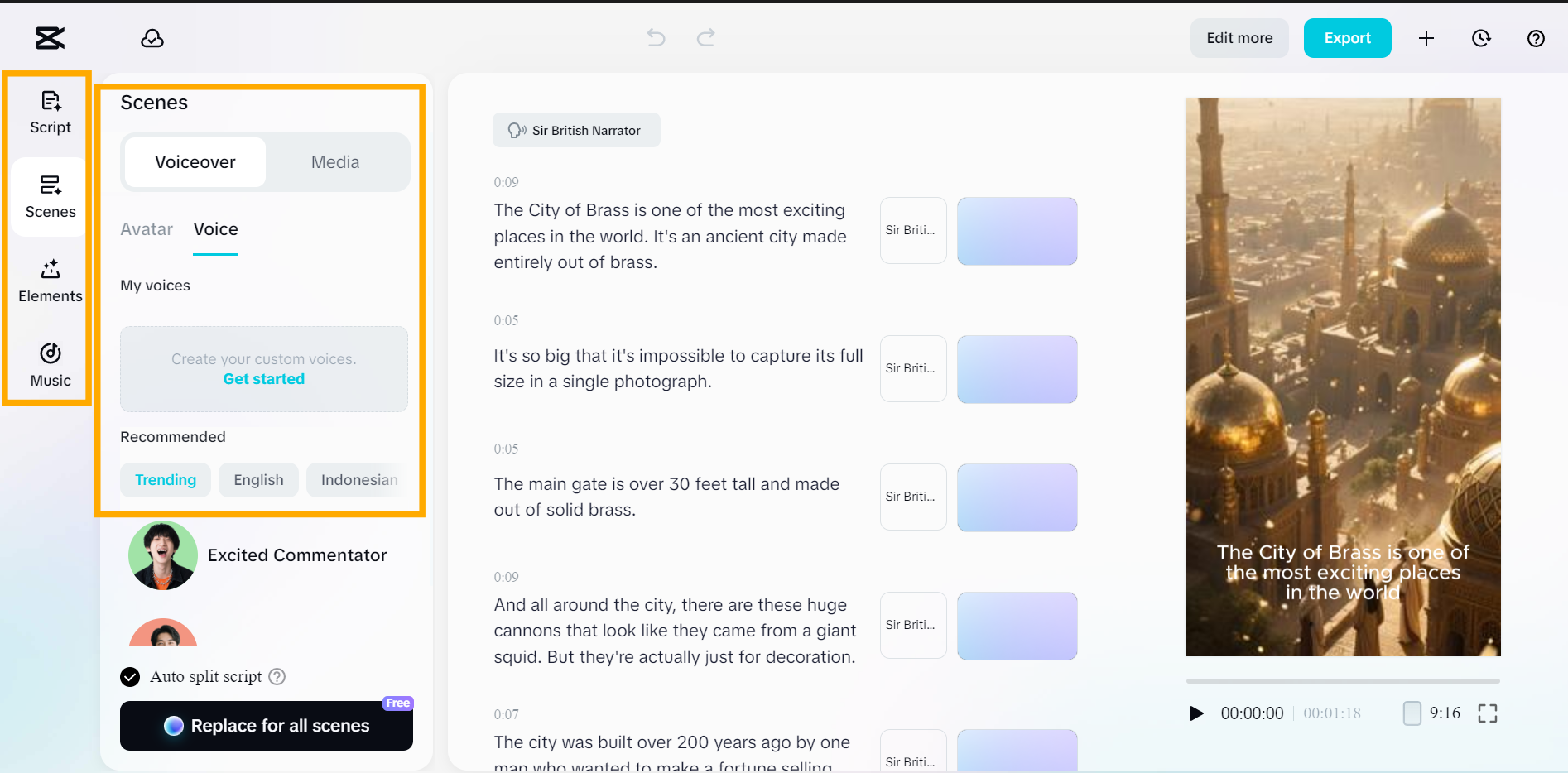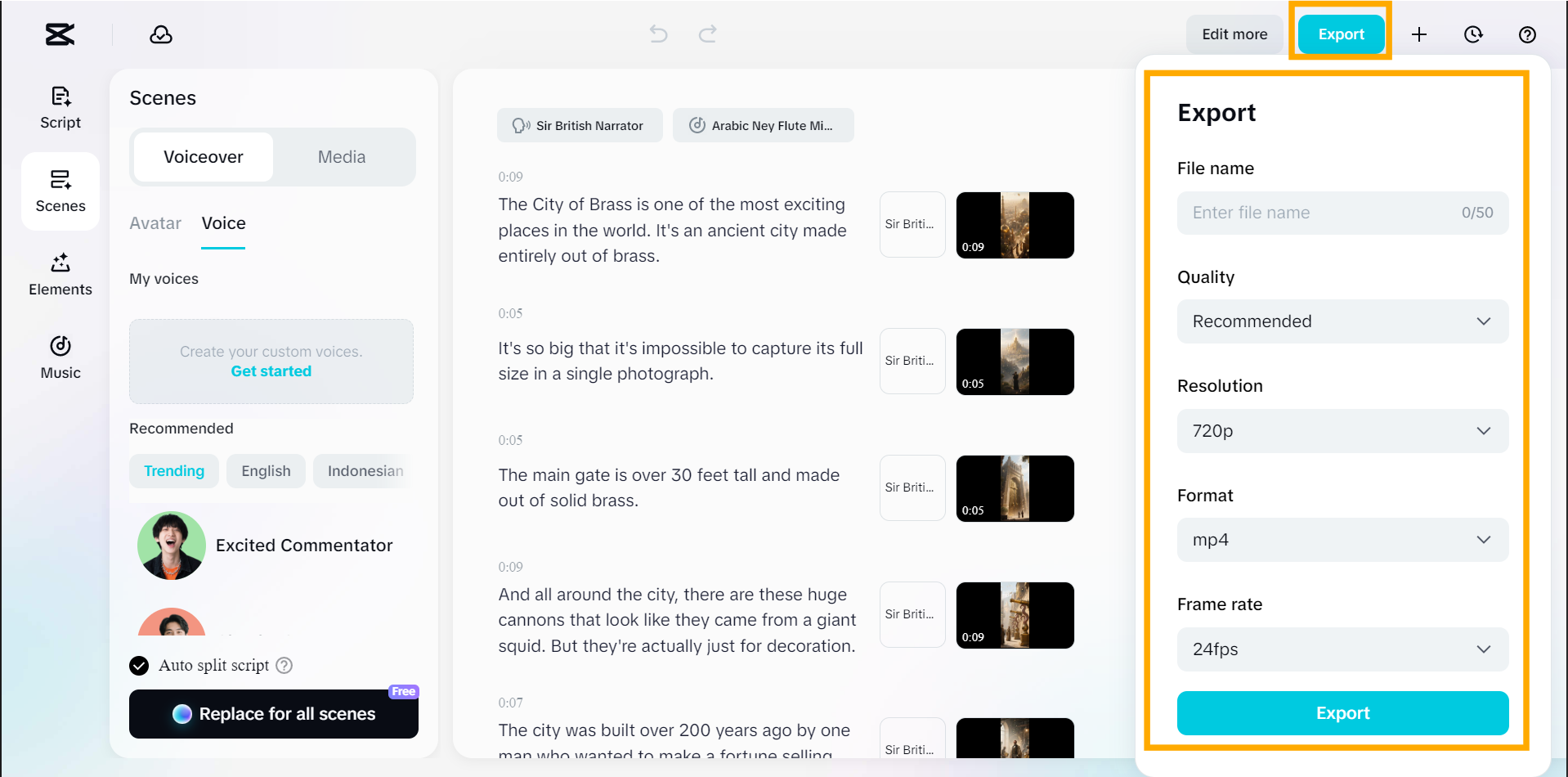The Tyler Perry Netflix series Beauty in Black is back with season 2. Turns out, viewers are still eager to follow Kimmie as she makes her way through the Bellaries’ world.
With 8.7 million views this week, the drama is the third most-watched series on the platform. It’s also number one in ten countries where the streaming service is available. Does that mean we can expect more?
Beauty in Black Season 3 Release Date
At the time of writing, there’s no news about a potential Beauty in Black season 3. That said, the second part of season 2 is still on the way!
The show’s sophomore run consists of 16 episodes, with only the first eight premiering in September 2025. If the show’s previous schedule is any indication, the remaining eight will arrive on Netflix sometime in early 2026.
Beauty in Black Cast
- Taylor Polidore Williams as Kimmie
- Crystle Stewart as Mallory Bellarie
- Ricco Ross as Horace Bellarie
- Amber Reign Smith as Rain
- Xavier Smalls as Angel
- Julian Horton as Roy Bellarie
- Steven G. Norfleet as Charles Bellarie
What Could Happen in Beauty in Black Season 3?
A gritty soap-opera drama, Beauty in Black revolves around Kimmie, an exotic dancer desperate for a way out. She applies for a scholarship at a hair school run by the powerful Bellarie family. Turns out, their public success hides infighting, secrets, and a dark side.
Before long, Kimmie becomes entangled in the Bellaries’ dangerous world. As season 2 kicks off, her marriage to the family patriarch also makes her COO of the beauty empire. Her quick rise to power causes tension within the family, who scramble to maintain control.
With her husband’s health failing, Kimmie is left to shoulder a big chunk of the responsibility. Her rivalry with Mallory, whom she basically dethroned, grows. Throw in some murders, copious amounts of sex, and major complications into the mix, and you’ve got a pretty addictive batch of episodes.
If you’ve made it to the end, you know that Kimmie basically rules the Bellaries after asserting herself in a business meeting. Whether or not she’ll be able to maintain her power remains to be seen. The back half of season 2 will likely throw additional twists her way, so it will be interesting to follow along with her journey.
“Let’s just say the power shifts are bigger, the betrayals cut deeper, and Mallory has a few tricks no one sees coming. If you think she’s already done her worst, you’re not ready,” Crystle Stewart told Tudum when asked about the upcoming episodes.
As for Beauty in Black season 3, it’s too soon to tell. What’s certain is that the Bellaries are fairly dysfunctional. We’re sure their drama could fuel the show for years to come.
Are There Other Shows Like Beauty in Black?
If you enjoy Beauty in Black, we also recommend South African series Savage Beauty, which has a similar premise.
Other titles you might enjoy include Claws, Unspeakable Sins, The Hunting Wives, Under a Dark Sun, She the People, and Ugly Betty.













 With a couple of stylistic diversions,
With a couple of stylistic diversions, 



 In press materials, Joan Shelley offers three definitions of her new album’s title: “the warmth of actual bodies,” “a kind of spiritual warmth,” and “the real warmth of the planet.” What makes
In press materials, Joan Shelley offers three definitions of her new album’s title: “the warmth of actual bodies,” “a kind of spiritual warmth,” and “the real warmth of the planet.” What makes  Total Wife, the experimental duo of Luna Kupper and Ash Richter, have come through with a dynamic, mind-melting new album, Come Back Down, via the great Philadelphia label Julia’s War. According to press materials, the follow-up to 2023’s in/out was born from the edge of sleep, with Luna Kupper turning over the songs during late-night mixing sessions between dream and lucidity. “I’m a psychological mixer — I’m trying to think of how someone’s experiencing the sound, versus getting stuck in trying to make all these different tones and using all this gear to make something sound a certain way,” Kupper explained.
Total Wife, the experimental duo of Luna Kupper and Ash Richter, have come through with a dynamic, mind-melting new album, Come Back Down, via the great Philadelphia label Julia’s War. According to press materials, the follow-up to 2023’s in/out was born from the edge of sleep, with Luna Kupper turning over the songs during late-night mixing sessions between dream and lucidity. “I’m a psychological mixer — I’m trying to think of how someone’s experiencing the sound, versus getting stuck in trying to make all these different tones and using all this gear to make something sound a certain way,” Kupper explained. More than seven years after her debut album Invasion of Privacy, Cardi B is back. “Since then, I’ve experienced a lot,” the Bronx rapper told
More than seven years after her debut album Invasion of Privacy, Cardi B is back. “Since then, I’ve experienced a lot,” the Bronx rapper told  Nation of Language have followed up 2023’s Strange Disciple with a new album called
Nation of Language have followed up 2023’s Strange Disciple with a new album called  Four Tet’s Kieran Hebden and Nashville guitarist William Tyler draw from their mutual love of ’80s country music on their new collaborative album,
Four Tet’s Kieran Hebden and Nashville guitarist William Tyler draw from their mutual love of ’80s country music on their new collaborative album, 
